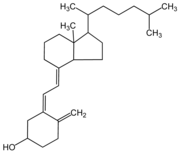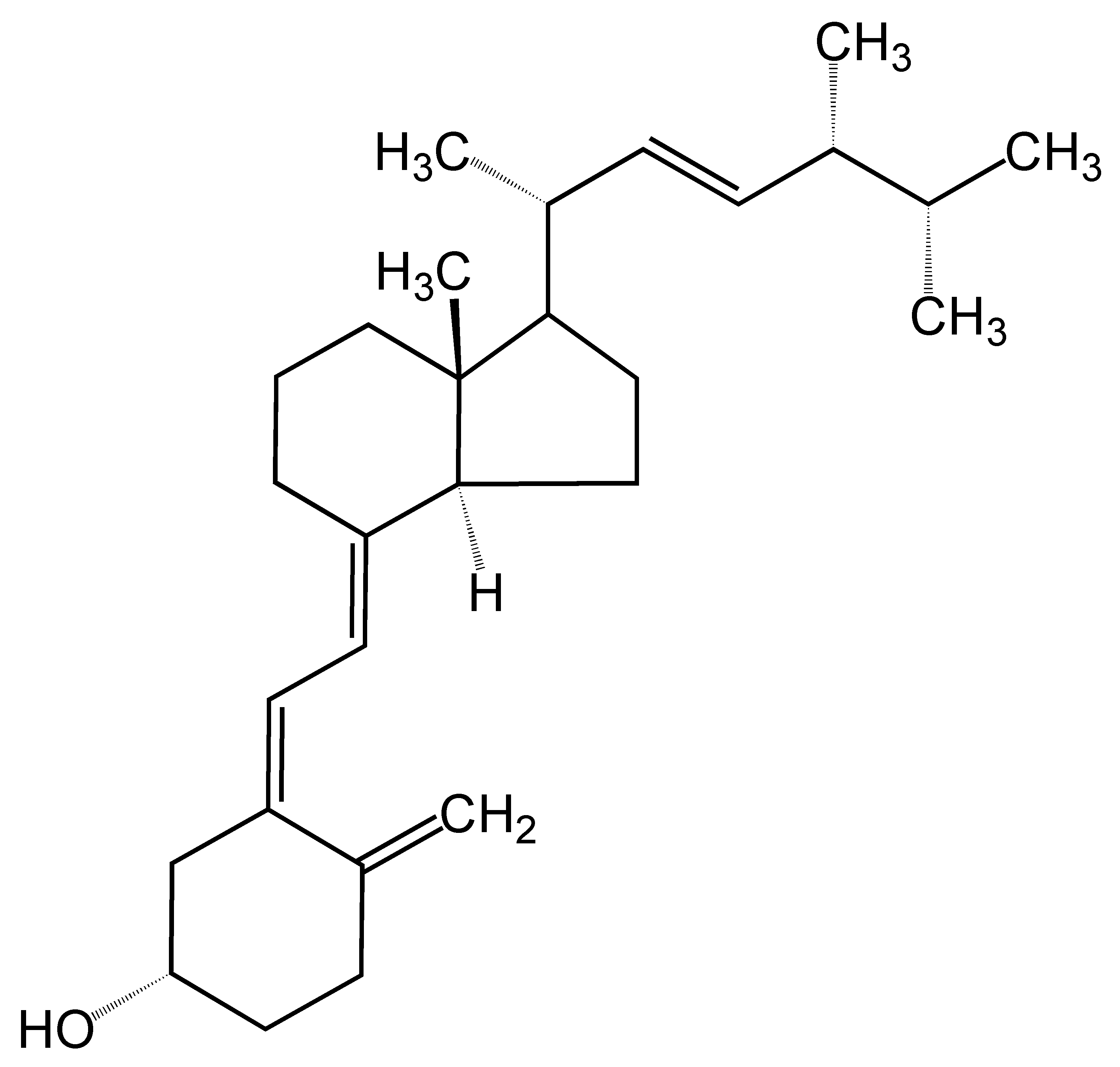Rickets medical therapy
Medical Therapy
Diet and sunlight


Treatment involves increasing dietary intake of calcium, phosphates and vitamin D. Exposure to ultraviolet light (sunshine), cod liver oil, halibut-liver oil, and viosterol are all sources of vitamin D.
A sufficient amount of ultraviolet in sunlight each day and adequate supplies of calcium and phosphorus in the diet can prevent rickets. Darker-skinned babies need to be exposed longer to the ultraviolet rays. The replacement of vitamin D has been proven to correct rickets using these methods of ultraviolet light therapyand medicine.
Recommendations are for 200 international units (IU) of vitamin D a day for infants and children. Children who do not get adequate amounts of vitamin D are at increased risk of rickets. Vitamin D is essential for allowing the body to uptake calcium for use in proper bone calcification and maintenance.
Supplementation
Sufficient vitamin D levels can also be achieved through dietary supplementation. Vitamin D3 (cholecalciferol) is the preferred form since it is more readily absorbed than vitamin D2. Most dermatologists recommend vitamin D supplementation as an alternative to unprotected ultraviolet exposure due to the increased risk of skin cancer associated with sun exposure.
According to the American Academy of Pediatrics (AAP), infants who are breast-fed may not get enough vitamin D from breast milk alone. For this reason, the AAP recommends that infants who are exclusively breast-fed receive daily supplements of vitamin D from age 2 months until they start drinking at least 17 ounces of vitamin D-fortified milk or formula a day [1]. This requirement for supplemental vitamin D is not a defect in the evolution of human breastmilk but is instead a result of the modern-day infant's decreased exposure to sunlight.